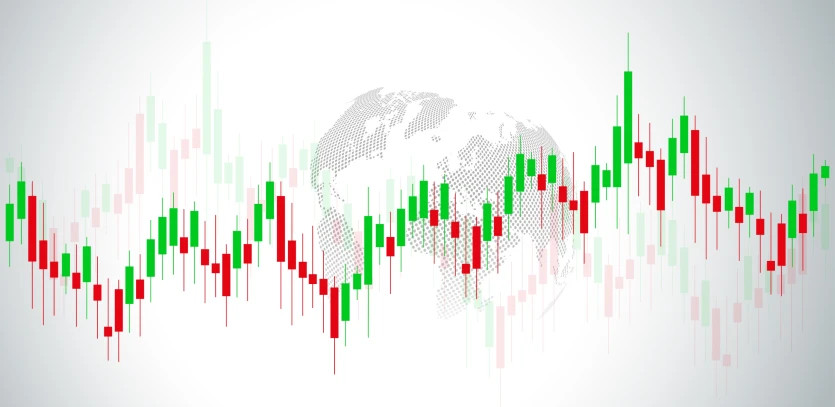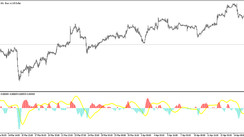The Elliott Wave Theory is one of the most popular trading theories among Forex retail traders. Despite being developed in the mid-1900’s on the United States stock market, the principle survived the test of time and now is used on any financial product.
The idea behind trading with Elliott is to interpret/count all the swings that a market makes.
Elliott divided them into impulsive and corrective waves, and the rule goes that traders use numbers to count impulsive waves and letters for corrective ones.
According to Elliott, an impulsive wave is a five-wave structure, and a corrective wave a three-wave pattern. They both form an Elliott cycle with the following structure: 1-2-3-4-5-a-b-c.
Hence, a cycle with the Elliott Waves Theory is made of an impulsive and corrective wave. For traders, impulsive waves are essential as this is when the market moves aggressively.
Rules of an Impulsive Wave
An impulsive wave is a five-wave structure unfolding as the market moves. Elliott documented impulsive waves and found out that even a dynamic and robust move has its corrective phases.
As such, out of the five waves that make an impulsive move, two of them are corrective: the second and fourth one.
Any impulsive wave follows the rules below:
- the 1st wave is an impulsive structure of a lower degree. Any rule that appears here will apply to the 1st wave too.
- the 2nd wave is corrective. It corrects the five-wave structure formed during the 1st wave and sets the stage for the aggressive 3rd wave that follows.
- under no circumstances can the 2nd wave retrace beyond the start of the previous 1st wave.
- the 3rd wave is typically the longest one. It is the extended structure most of the times, and if that’s the case, it’ll stretch minimum 161.8% of the length of the 1st wave.
- the 4th wave is corrective. It is usually retracing 38.2% or less of the length of the previous 3rd wave. Rarely, the market forms a triangle on the 4th wave, while most of the times it creates a simple correction like a zigzag or a flat.
- the 5th wave is an impulsive wave that makes another high or low when compared with the end of the previous 3rd wave. When it fails to do that, the market forms a fifth wave failure, depicting a significant top or bottom.
Conclusion
Armed with this info, just open any chart on any timeframe for a currency pair. Ideally, you’ll use a timeframe bigger than 1h.
While the principles of an impulsive move are respected on all timeframes, it is difficult to update the charts as the market just moves too fast.
You will find out that the principles of an impulsive move as described here are still respected by the market swings. It is quite curious how a trading theory so old still has value in the 21st-century financial markets.
About the Author
Team AMarkets
Founded in 2007, AMarkets is an award-winning global forex and CFDs broker. AMarkets is a reliable brokerage company with excellent reputation, regulated by the Financial Commission, and successfully audited by Ernst&Young.
The broker offers trading services on wide selection of products such as bonds, currency pairs, metals, commodities, cryptocurrencies, and equities. Using the latest trading technologies, AMarkets today handles up to 10,000 trading transactions a day in a safe and secure environment. Test AMarkets' trading terms and feel the difference!





